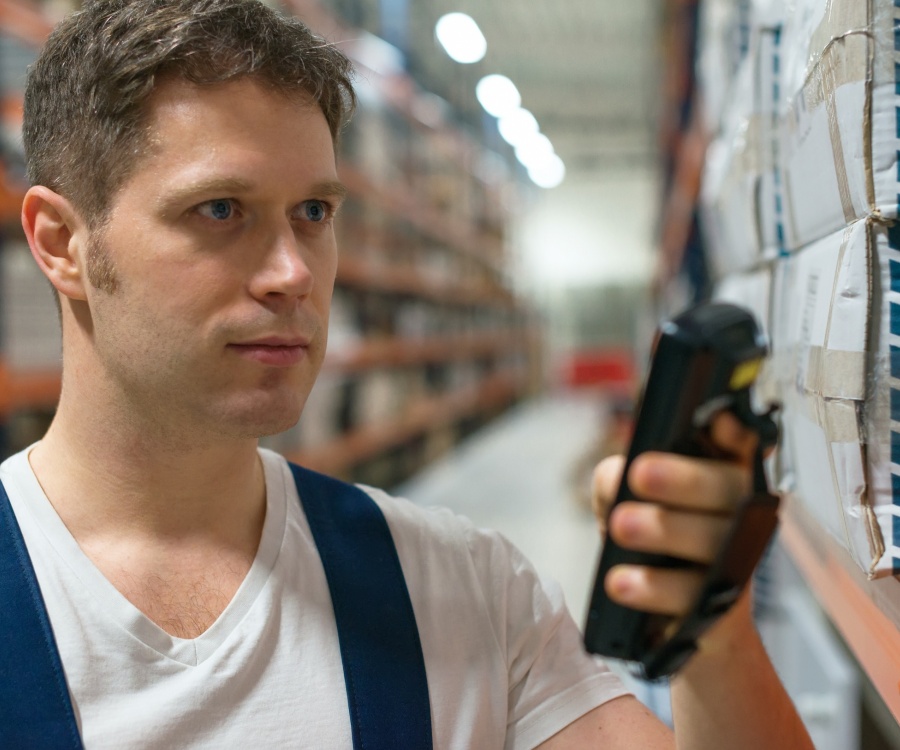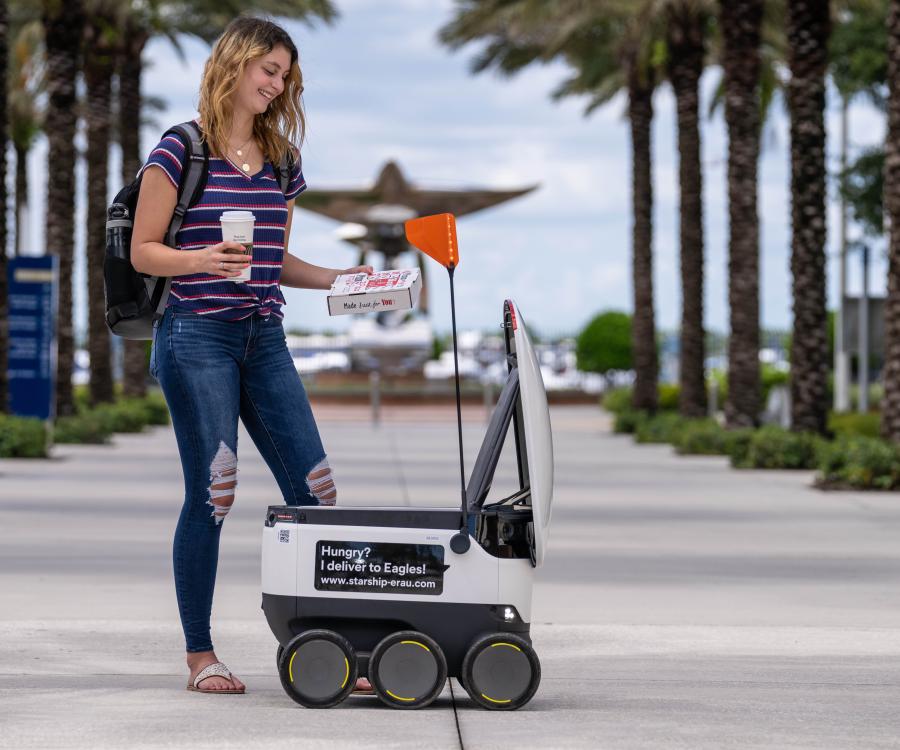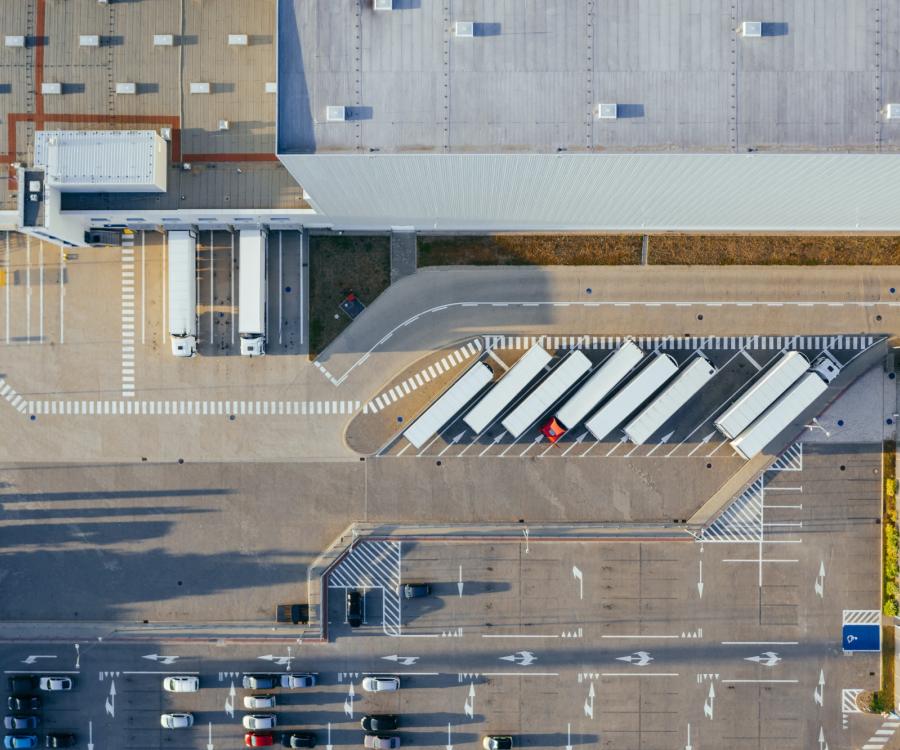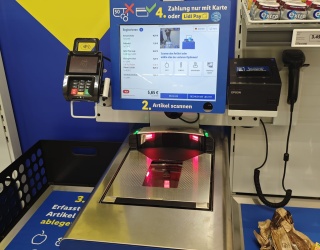When e-commerce retailers sell products every few seconds, it creates enormous challenges for their logistics processes. Sufficient qualified staff is currently not available to handle these tasks. This is why automated resources such as driverless systems, robots, and AutoStore logistic solutions are going to play an increasing role.
Let’s take a typical online shoe purchase: it all starts with the customer clicking the order button and ends with the package brought to his/her doorstep by the delivery service. In between are sophisticated logistical processes shoppers are unaware of. Shoppers essentially do not care how this happens – they simply want to get their shoes as fast as possible.

Warehouse logistics faces tremendous challenges due to the consistently growing e-commerce sector. Whereas brick-and-mortar store logistics are subject to general regulations (most notably due to business hours), online retailers experience almost no limits when it comes to time and quantities. This is why warehouse logistics has to be flexible as it pertains to time and the capacity to store a wide range of products. It requires space-saving storage options and most notably adequate manpower to process these orders.
But therein lies a problem. The recently published study titled “Skill Shortage in the Logistics Sector“ by the German Confederation of Logistics (Bundesvereinigung Logistik, BVL) reveals that there is already a lack of manpower and young talent. The study shows that the areas of IT (47 percent), drivers (46 percent), disposition (41 percent) and warehousing (38 percent) lack the most number of experts. This skills shortage in the logistics sector is also why approximately 82 percent of the surveyed companies predict long-term negative to extremely negative effects on their company’s success.
Order picking: commissioning robots ahead
The lack of experts on the one hand and the online retail boom on the other gives rise to the development of technologies that assist humans in disposition and order picking. Matthias Heutger, Senior Vice President Strategy, Marketing & Innovation at DHL Customer Solutions & Innovation comments on the Deutsche Post DHL Group “Robotics in Logistics“ trend report from March 2016: “Robots are used in many different industry sectors but have not been fully accepted yet in logistics due to the complexity of the processes. Controlling an endless number of product and process combinations in conjunction with people in enclosed spaces is a challenge for robots. Current research shows that processes are still handled manually in 80 percent of logistics sites. Having said that, technology is catching up as of late since flexible, cost-effective and collaborative robots are increasingly in demand.“ For example, logistic robots could support order picking and packaging processes as well as the transport of merchandise. DHL is currently testing different robotic technologies in individual pilot projects.
The White Paper titled “Robots in Picking Logistics“ by Miebach Consulting presents options that can already be completed in an automated fashion as it pertains to commissioning activities and lists those that are still pending. Activities such as removing cardboard separators or empty pallets, commissioning cardboard boxes or storing items on pallets and rolling carts are being automated. However, many processes are still handled by human beings, such as the detection of damaged products and the decision to pull them. The machine reaches its limits when it does not encounter a product in optimal condition. This is an area where a person is still the better order picker.
The authors conclude that the use of robots in order picking is profitable if the work can be allocated to adequate working hours, the daily peak workloads are moderate, the remaining percentage of non-automated merchandise stays low and costs of labor and warehouse space are at a high level to where they are able to offset the investment costs of robot applications. The authors consider their use especially profitable in e-commerce because the basic conditions for required performance and economies of scale apply and cost of labor is comparatively high.
AutoStore and driverless systems: space-saving and flexible solutions
Individual robots are able to assist people in some areas of logistics, while optimal space usage is becoming increasingly important. Existing warehouses, in particular, require solutions that save space and simplify and speed up processes.
The so-called AutoStore system has turned out to be a space efficient warehouse system. It has no shelves but instead stacks bins in a self-supporting modular aluminum grid. The frameworks simultaneously serve as rails for the AutoStore robots. This cubical automated system takes the merchandise to the locations where products are loaded and unloaded. A highly sophisticated control system is armed with warehouse management data and coordinates the order picking process in a fully automated manner.
AutoStore warehouses are not only interesting for logistics giants like DHL Group (in a warehouse in Singapore for example), but also for companies like the Swiss mail order company Angela Bruderer, which sells bed linens, home textiles, clothing and household items. Here again, the online shop caused a tremendous increase in sales. Since converting to the automated small parts warehouse in the summer of last year, 18 robots have been operating 13,000 stacked plastic containers. In doing so, the company was able to double the storage capacity of the existing area and increase the picking speed. Since the storage system features a modular design, it can be expanded as needed, also depending on the available space.

An invention by the Fraunhofer Institute for Material Flow and Logistics (IML) entirely eliminates shelves and frames. The “stack access machine“ is an automated vehicle that stores and removes containers from a highly flexible container system. “The machine is able to fully automatically remove a container from a stack by lifting the container on top and then restacking it,“ explains Thomas Albrecht, Director of Driverless Transport Systems at IML and adds, “the only thing needed to store the containers is the warehouse.“
Robots and humans: working together as a team
Companies don’t seem to be afraid of these technologies. In this case, the predominant issue is not whether robots could potentially replace human beings in warehouse logistics management or might take away their work but rather whether warehouse logistics is actually able to fare without them. One of the key aspects of development is to tease out where and how humans and robots can efficiently work together. Thomas Albrecht sums things up: “The advantage of robots is obviously their ability to work around the clock and not get tired while doing so. However, humans are still more skilled and more efficient. This is also why not all areas can and will be taken over entirely by robots.“












